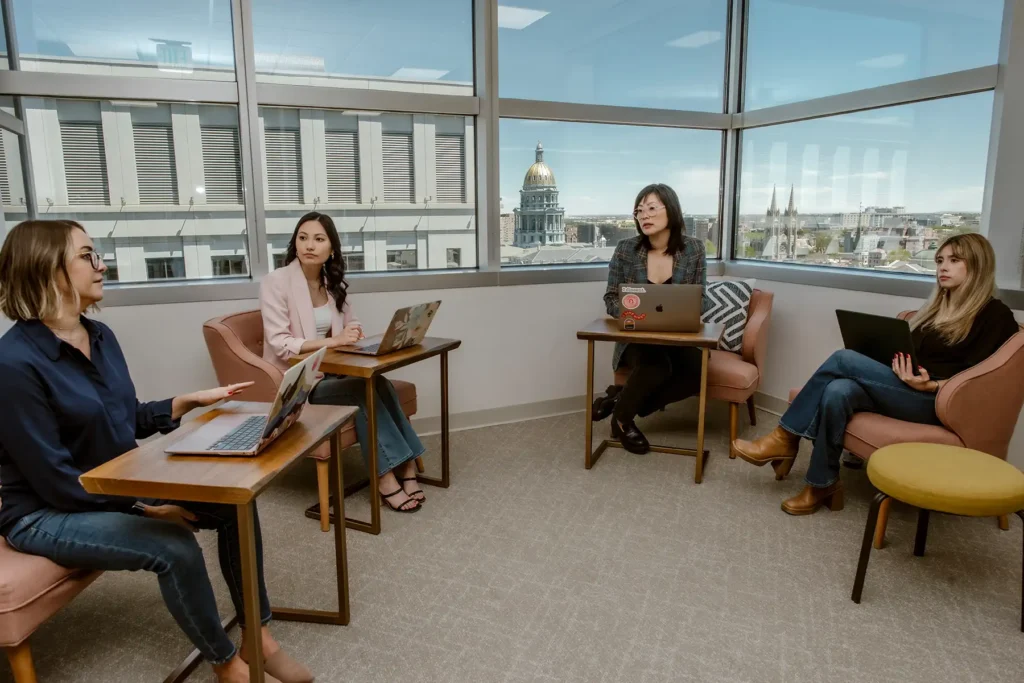Leading a group discussion can be intimidating, regardless of the number of people in the room (virtual or otherwise).

How do you ensure people feel comfortable to participate?
How do you handle when someone speaks out of turn?
How do you facilitate hard or uncomfortable conversations?
How do you make sure everyone has a chance to be heard?
As communications professionals, we regularly lean into opportunities to be in rooms where we can ask tough questions, elicit honest responses and navigate different perspectives. The information gathered during these conversations can guide us through the messaging process, a rebrand or an organizational shift.
To help us hone our facilitation techniques through the lens of equity and inclusion, Barefoot’s strategy team participated in an Effective Facilitation workshop led by Nicole Cardoza of Reclamation Ventures.
Here are five takeaways from the workshop:
Create space for people to be who they are.
Icebreaker activities can feel silly in professional settings. Why should we have to share our favorite fruit before a challenging conversation? However, these activities are an effective tool that can ground us in our own lived experience. Implementing these activities allows participants to reflect on who we are versus what we know, creating space for a more human conversation.
Allow people to show up in the way that works for them.
Let the group know that they can “choose their own adventure” when it comes to engaging in the discussion. Remind people of the different ways they can share (chat, on/off camera, email follow-up) – and that they don’t have to share if they don’t want to.
Validation doesn’t mean agreement.
People may have a strong, personal reaction to a question you ask or an idea you put forward. As a facilitator, it is important that you listen to what they are sharing with you and sense the emotion behind it. Just because you acknowledge how they feel about the idea doesn’t mean you are aligning yourself with it.
Shift from reactive to responsive.
As facilitators, it is our intention to create a safe space for honest dialogue. When the conversation becomes combative, it is our role to shift our community from reactive to responsive. Taking time to journal, checking in with our breath, and finding comforting objects are effective ways to ground ourselves during challenging conversations. These techniques allow conversation participants and facilitators to regulate themselves back to responsiveness.
Discomfort is something we have to practice.
Whether it be navigating difficult topics, or having to use one’s voice, discomfort is bound to show up during group discussions. As facilitators, we have the ability to disarm discomfort. Use exercises and frameworks to practice sitting in discomfort in controlled, low-risk situations. Participants will feel comfortable showing up and participating “imperfectly” yet authentically while building up a tolerance for discomfort inside and outside of the discussion group.
Creating space for different perspectives to be heard is a key component of any purpose-driven communications strategy. Nurturing these spaces, however, requires active effort and intention. Our goal is to continue creating and nurturing spaces for conversation, even when those conversations get challenging.
So what do you think? What did we miss? Let’s find some time to keep the conversation going.
Written by:
Laura Schwinkendorf, Director of Strategy
Maura O’Leary, Senior Strategy Specialist
Nadia Rendón Talavera, Strategy Associate
